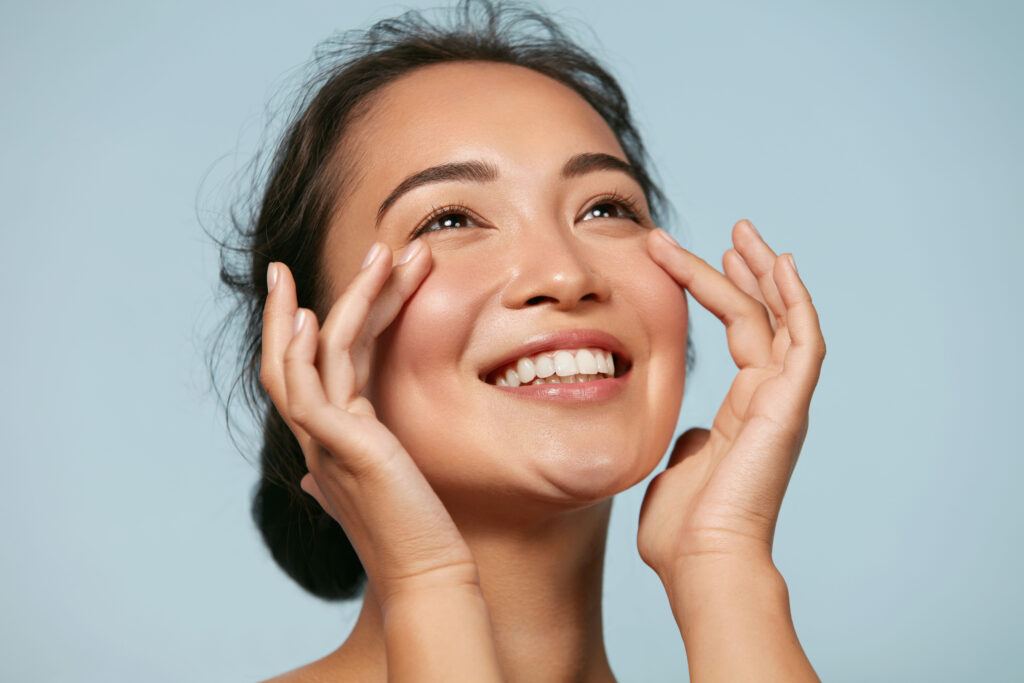Arsenault Dermatology Frequently Asked Questions

Learn More About Arsenault Dermatology
Have a dermatology-related question? We have the answer! Check out our FAQs below to learn more about our practice and services.
No! If you would like to have a consultation with a dermatologist, simply contact us to schedule an appointment. Please note you may need a referral for your insurance to cover some procedures. If you have questions about what is covered, please contact your insurance company directly.
Depending on your condition, your initial visit with us could take anywhere from 30 to 90 minutes. After examining the records and information supplied to us, we will conduct a thorough skin examination.
Following the examination by a skin specialist, you will be provided with a diagnosis and detailed treatment plan. We encourage you to ask questions throughout your appointment, and we will be glad to address any concerns you may have.
Please do not wear any makeup, artificial tanner, or fingernail or toenail polish to your appointment. This is so your doctor has a clear and unobstructed view of your skin. During a skin check, your dermatologist will ask you to undress down to your undergarments. Our general recommendation is to dress in garments that can easily be removed before and replaced after your exam.
Acne is an inflammation of the hair follicle. It is often due to various factors including genetics, skin type, sebaceous oil production, and hormones, among others.
The American Academy of Dermatology reports that 85% of people between the ages of 12 and 25 experience some minor acne. Meeting with a dermatologist is the best way to get a better understanding of your skin’s health and improve any acne you have.
While most primary care doctors or surgeons are capable of treating cysts on the skin, it is more common for a dermatologist to treat and remove sebaceous and pilar cysts. Dermatologists are skin specialists, so removing cysts is an integral part of their training and focus.
- Melanoma has the greatest potential to spread quickly and be fatal. Melanoma represents 5% of skin cancer diagnoses but causes 85% of skin cancer deaths. Treatment is almost always surgical excision and may also include a combination of radiation and chemotherapy.
- Squamous Cell Carcinoma (SCC) (from the Latin scaly because it looks like fish scales under a microscope) is the next most dangerous form of skin cancer, as it can also spread internally. Similarly, SCC can be spread to the skin from an internal cancer due to the transformation of actinic keratosis to SCC.
Treatment for SCC can be surgical or involve cryosurgery, depending on the tumor stage. In rare, advanced cases of Squamous Cell Carcinoma, other adjuncts are used. - Basal Cell Carcinoma (BCC) is usually localized but, in very rare instances, can spread internally. BCC can be treated by surgical excision, electrodesiccation and curettage, and superficially with topical chemotherapy.
Dermatologists can treat a broad range of conditions affecting the skin, hair, and nails. This includes, but is not limited to:
- Acne
- Psoriasis
- Rosacea
- Skin cancer diagnosis and treatment
- Mohs surgery
- Wrinkles
- Sunspots
- Pigmentation problems
- Warts
- Rashes
- Bacterial or fungal skin and nail infections
- Stretch marks
- Spider and varicose veins
- Sun damage
If you have a skin-related problem, a dermatologist is the best choice for lasting, efficient treatment.
Rosacea is an acne-like condition found in the adult population. It is often associated with a flushed appearance and dilated blood vessels of the central face. Many people with rosacea also experience flares of inflammatory red papules (bumps, pimples, and pustules). Spicy foods, alcoholic beverages, caffeine, and stress can often cause this condition to flare up.
The treatment of rosacea includes medications to combat the inflammation and medications to soothe the skin. Photorejuvenation treatments are sometimes needed to combat the dilated blood vessels. Speak with your dermatologist to identify what treatment is best for you.
Sun exposure increases the amount of UVA and UVB that is absorbed by the skin. High levels of sun exposure ages skin more rapidly, causing sunspots and giving the skin a thin, wrinkled texture. UV exposure also increases the risk of skin cancer.
We advise that everyone incorporate regular use of sunscreen, hats, and protective clothing into their DAILY routine. UV protection should not be reserved for beach days or summer months. Your skin is exposed to the sun each and every day! No matter what, it is important to have regular skin checks by a dermatologist to ensure that we catch skin cancers and abnormal moles early.
The best way to avoid skin cancer is to limit your exposure to the sun. Excessive exposure to ultraviolet rays from the sun is the leading cause of skin cancer. This means developing good photoprotection habits such as limiting sun exposure, wearing protective clothing, and daily use of sunscreen.
Individuals who have a family history of skin cancer or other cancers should meet with their skin doctor regularly to ensure early detection and treatment of abnormalities.

